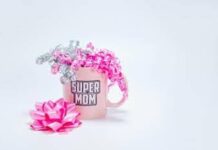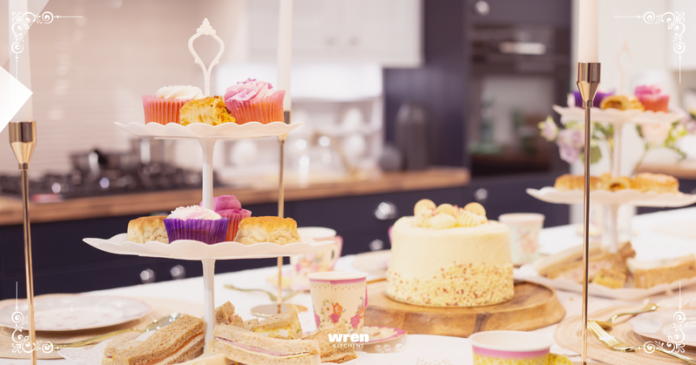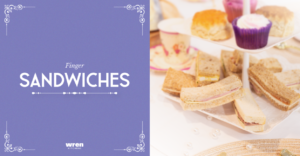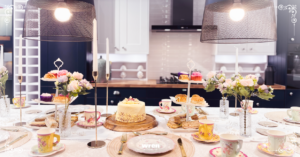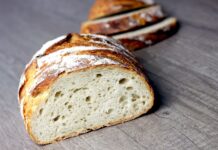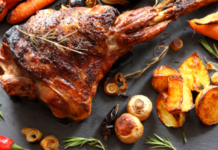Afternoon Tea Week – The Secrets to a Perfect Spread and Brew
- According to a survey by Kanar, 8.2 million people in the UK are consuming tea 2-3 times a day.
- Wren Kitchens has teamed with tea experts at Whittard and Taylors of Harrogate to settle ongoing tea debates.
According to a survey by Kantar, 8.2 million people in the UK are consuming tea 2-3 times a day1. Even though we all love a brew, everyone has their opinion on how to make the perfect cuppa. With the ongoing debate over what goes in first; milk or water, the length of time the teabag needs to be left in or even the temperature of your water, what is the verdict?
The experts at Wren Kitchens teamed up with senior tea buyer Angela Pyrce from one of the biggest suppliers of our tea obsession, Whittard2 and Katie Kippax, tea buyer at Taylors of Harrogate3, who finally settles age old debates over how to make a ‘proper’ cup of tea.
Angela also reveals if its milk or water that should go in first, the all-important brewing time, and an action many people innocently do which can result in a bitter cup of tea.
What goes in first – milk or water?
It seems the biggest debate is centred around what first goes in a cup of tea, milk, or water. However, one method can help you to achieve your desired taste better. “I recommend water first, before adding milk. This method will help you get the best from your brew as you can make the tea to your taste and strength, before adding in the milk”, says Angela.
How long should you leave your teabag in?
The length of time you leave your teabag in is dependent on your ideal strength, however Angela says there is an optimum time for black tea. “Leaving your teabag in for around 3-5 minutes is the key to your cuppa reaching the perfect strength. It’s also important that the temperature of your water is 100 degrees.”
You should also avoid leaving your teabag in for the entire drinking process. The longer you leave in, the more chance your tea will become bitter as the hot water will draw out an intense taste.
Does your choice of water matter?
The water you use for your tea can make a real difference to the overall taste. “Always use water, which is freshly out of the tap, and if you can, a filter jug. This is because the higher levels of oxygen in fresh water will make your cup of tea much cleaner and allow the rich flavours to come through”, reveals Angela.
A great tip is to let the tap run for a second or two, as this will help get the water aerated.
Where should you store your teabags?
It’s important to keep your teabags dry and away from moisture, as moisture can quickly damage the tea leaves, causing them to become stale. Angela advises to “Store teabags in a cool, dry place such as a tea caddy or an airtight container, and far away from strong light and odours. This will help to maintain the tea’s freshness and flavour.”
Common mistakes when making a cuppa revealed
Angela has revealed the three common mistakes you should avoid when making your cup of tea:
- “Never hit your teabags on the side of the mug as this could cause a tear in the material and the tea leaves escape into your cuppa.
- Avoid using the wrong temperature water for your tea, stick to 100 degrees for the perfect blend of milk, water and tea leaves.
- Never squeeze your teabags, as this can make your tea taste bitter due to the release of tannic acids. Instead lift it out carefully after 3-5 minutes of brewing.
Additionally, Katie Kippax said “Don’t put it in the microwave! My top tip is don’t reboil the water. Each time your kettle comes to the boil, the oxygen levels in the water reduces. Tea loves freshly boiled, well oxygenated water and stale water will negatively affect your brew.”
Katie also shared that for those taking milk in their tea to choose full fat, claiming it will enhance the flavours and give the final brew a rich and satisfying flavour.
Darren Watts, Showroom Development and Design Director at Wren Kitchens shares his top tips how to create the ultimate afternoon tea tablescapes.
“Start with a beautiful lace tablecloth as the base. The delicate pattern will evoke elegance. For an extra touch of opulence, scatter strands of faux pearls along the length of the table or use pearl napkin rings. As for the centrepiece, place tall, gold ornate candlesticks as the showstoppers. Opt for ones with sleek designs to add drama and romance against the white candlesticks, these will look great staggered on a kitchen island.
Arrange bouquets of pink and purple flowers in vintage-inspired glass vases or teacups and scatter them along the table. Roses and peonies are perfect choices. Use delicate China or vintage-inspired plates with floral accents for an extra touch of luxury. Pair with ornate gold or silver cutlery and delicate teacups and saucers for a truly regal feel. For the finishing touches, consider adding small details like woven placemats under plates, and regal white doily tiered cake stand to display your homemade creations.”
Help keep news FREE for our readers
Supporting your local community newspaper/online news outlet is crucial now more than ever. If you believe in independent journalism, then consider making a valuable contribution by making a one-time or monthly donation. We operate in rural areas where providing unbiased news can be challenging. Read More About Supporting The West Wales Chronicle




















